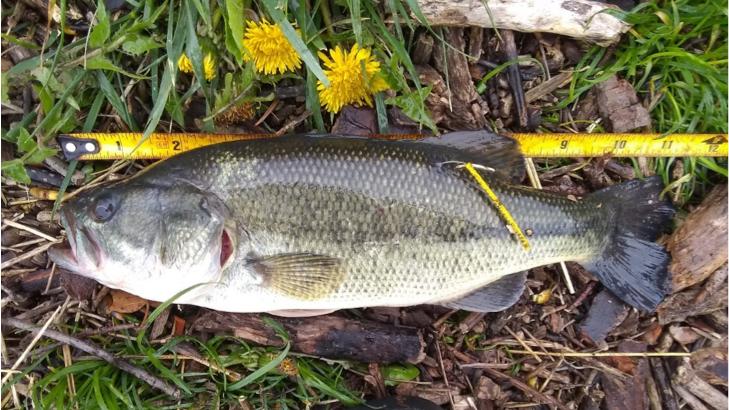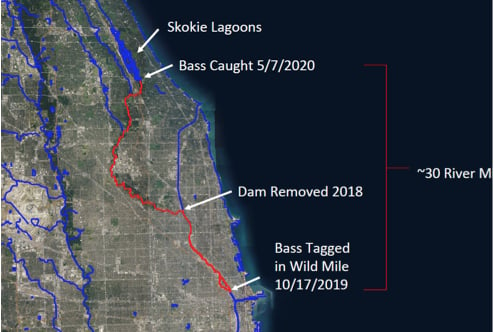
July 2020
Now that the Zionsville Community Schools has released its 2020–21 school plan, there are many parents and students out there wondering what kind of resources are available to the percentage of the student body that has opted to learn from home and participate in remote learning this school year.
Understandably, parents are concerned about what kind of supplemental programs and resources are available to their students as we navigate another unprecedented school year.
I reached out to the remarkable staff at the Hussey-Mayfield Memorial Public Library (HMMPL) and HMMPL Foundation to learn more about what they have done to pivot and provide even more engaging and purposeful programs and resources for their patrons—children and adults alike.
Free Resources for At-Home Learning and Career Development
A HMMPL cardholder has access to a myriad of FREE resources and access to a powerful database.

“We have been pivoting to provide as many resources as possible on our website,” Virginia Hilbert, HMMPL marketing director, shared. “I understand some of the things that parents are experiencing right now when trying to help students learn online. It’s a bit of a challenge, but the library can really help them with all of the resources that we have, including Tutor.com.”
Hilbert went on to share that some of the online programs include Tutor.com, a free program for cardholders that provides live help from a tutor using an online chat feature. This program is available for students of all ages, elementary to adult. Subjects include math, science, social studies, English and more. Students can also take free practice college entrance exams, access video lessons for AP exams and so much more.
LearningExpress Library for elementary students to adults is a database that assists students with college admission testing by providing practice tests and self-guided courses as well as practice exams for military, cosmetology, CDL and more. Skill-building exercises and practices are also available for elementary, middle and high school students as well as college students for math, English, science and technology. Similar skills are available for adults, and some materials are available in Spanish.
For high school students and adults wanting online professional development and personal enrichment, instructor-led courses called Gale Courses offer sessions that start monthly with a six-week format and interactive learning environment. And for anyone who is tasked with a research assignment, HMMPL offers INSPIRE Databases—a research site with full-text magazine and journal articles, websites, pamphlets, images, almanacs, full-text historical newspapers, multimedia, library catalogs and much more. INSPIRE is a free resource available to all Indiana residents who have internet access.
Are you stumped and need assistance from a librarian? “Chat with a Librarian” is available to all cardholders, but it should be noted, they are happy to help aid with research and other available online resources for homework assignments but are not there to do your homework for you.
These incredible resources and many more may be found on the library’s Digital Branch web page: http://bit.ly/HMMPLdigital.
The library also provides hotspots at the physical library for people who don’t have Wi-Fi at home. And don’t forget, the library has gone “Fine-Free” to help those who may have been financially impacted by COVID-19.
“We’ve also removed the legacy fines or overdue fines on accounts,” Hilbert added. “If somebody hasn’t been using the library because they may have had too many overdue fines, they can come back to the library without worrying about [the fines].”
Please note, if you visit any other Evergreen Indiana library, you may be charged overdue fines by that library. This new Fine-Free benefit is only for items checked out at HMMPL in Zionsville. Also, HMMPL’s Fine-Free policy only applies to overdue fines charged by HMMPL and does not apply to lost or damaged items.
Strong Start Community Grant
The library was recently awarded a Strong Start Community Grant and is in the planning phases about how to implement training and activities for families, students and teachers to help everyone transition back to school. Kelli Brooks, Youth Services Department head at HMMPL, explained what the purpose of the grant is and how it will help young children and families transition into the school system more easily.

“The [Strong Start Community Grant] is primarily focused on children that are about to start preschool and kindergarten,” Brooks said. “Our library has a wide reach of those age groups, so it’s logical for us to help support the children and their families with this grant. We’re exploring different avenues and thinking outside of the box while being creative about it.”
Brooks continued, “I feel like I’m in library school again, and my assignment is to imagine a world where people can’t physically go and see one another or enter the library and find ways to reach them anyway. It’s kind of like a live experiment here, but we feel very proud of the efforts that we’re making and the success that we’re having since the shutdown in March.”
Found In A Book Campaign
As many of us know, the HMMPL is able to provide such incredible and necessary programs and services thanks to the generosity of its donors and fundraisers. What many might not realize is that many of these programs, such as Tutor.com, were on budgets set prior to the onset of the pandemic. In short, the library’s budget will be affected by the increased programs and services and most certainly by the inability to host its annual fundraisers due to COVID-19.
How can the community help? There are a few ways, and one of the campaigns, Found In A Book, was spearheaded by Tracy Phillips, CFRE chief development officer for the HMMPL Foundation.

“Found In A Book is a thankfulness campaign,” Phillips expressed. “If it’s just a patron taking a bookmark [provided in the Found In A Book brochure at the library] and putting it in a library book they’ve checked out, saying, ‘I really appreciate curbside pickup,’ for example, or a thank-you note or a picture drawn by your child for the library staff, [Found In A Book] is a way for patrons as well as the community as a whole to intentionally recognize the pivots and efforts that the library has done over the last several weeks. It is a creative way for our community to show their appreciation.”
Use the space in the bookmark, provided in the Found In A Book brochure, to send a note or a picture or share with the library staff what you found in a book—now through Labor Day.
A simple thank-you, a story about something found in a book or a picture or drawing can be sent as a thank-you for enjoying a library resource, and a monetary donation, no matter how big or small, can be sent in care of the Hussey Mayfield Memorial Public Library Foundation via check. If you prefer a credit card, please consider making an online donation via a secure link at zionsvillelibrary.org/get-involved/donate/.
And don’t forget to spread the word and post a photo on Instagram at @foundinabook_org or at HMMPLFoundation on Facebook and Twitter.
The Link LonkAugust 01, 2020 at 01:26AM
https://zionsvillemonthlymagazine.com/resources-for-e-learning-students/
Resources for E-learning Students and Don’t Forget to Thank Your Library - Zionsville Monthly Magazine
https://news.google.com/search?q=forget&hl=en-US&gl=US&ceid=US:en

























